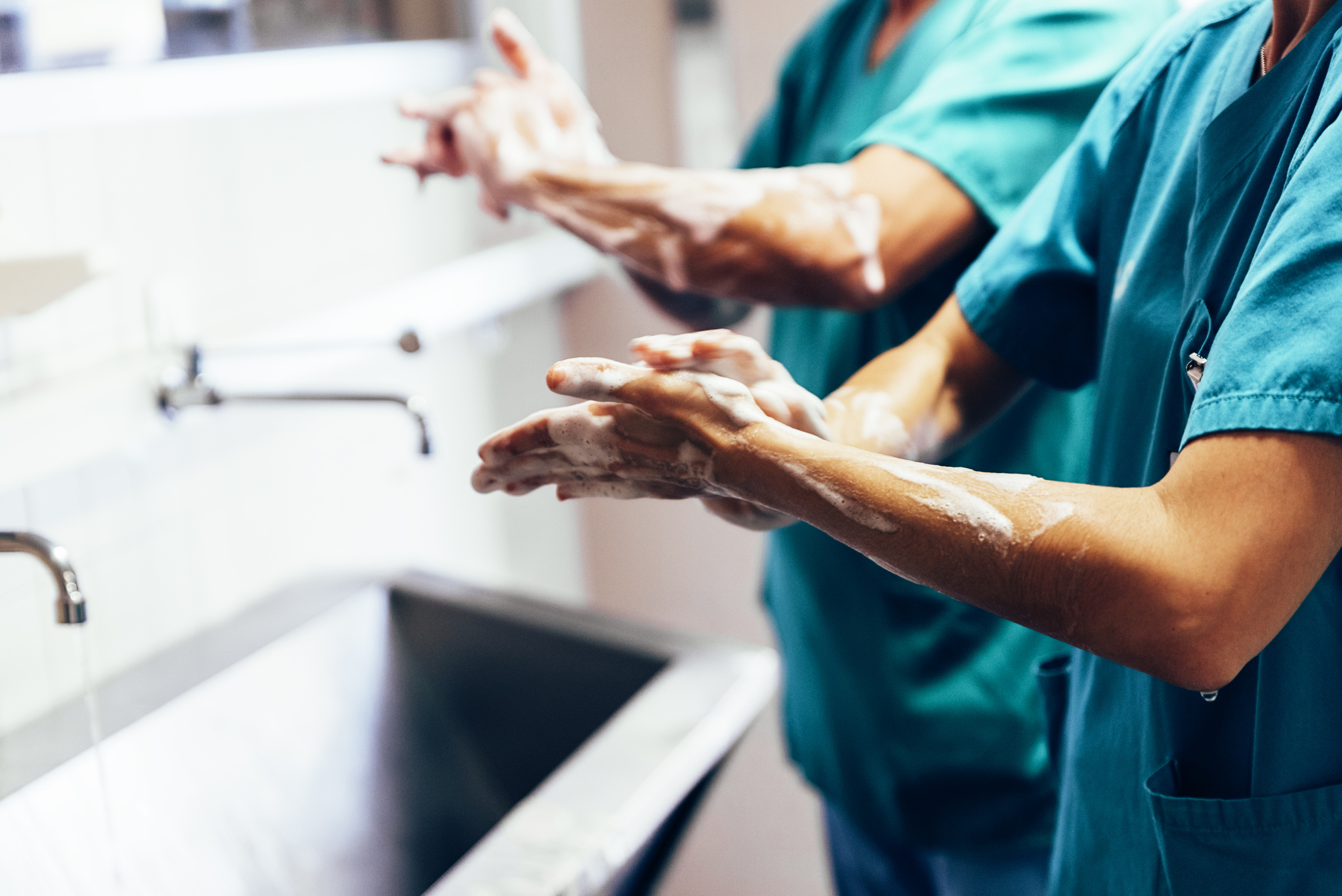NoHoW-AMR
New One Health One Water technologies to reduce antimicrobial resistance threats by enhanced water disinfection
.jpg)
In Brief
- Challenge: A Healthy Environment for All
- Challenge Type: National Challenge Fund
- Status: Active
The Challenge
The World Health Organization identifies antimicrobial resistance (AMR) as a major global threat to human health. Resource-intensive infection prevention and control activities reduce the AMR infection risk to patients in healthcare facilities.
To further protect our population and safeguard the future effectiveness of antibiotics, Ireland’s AMR National Action Plan, iNAP2, supports a more coordinated ‘One Health’ approach in AMR management that recognises the environmental dimension. The heavy burden of AMR in healthcare facilities means that AMR pathogens, their AMR genetic material and sometime antibiotic waste, are present in the wastewater. If not appropriately decontaminated, this discharge may pollute environmental waters presenting further potential risks to animal and human health. Conventional wastewater treatment processes are costly, potentially harmful to the environment and do not specifically target AMR threats. More sustainable AMR-specific technologies, focused on known AMR ‘hotspots’ like healthcare facilities, could effectively break the chain of AMR transmission to the environment through wastewater systems.
The Solution
The NoHoW-AMR team will develop new water disinfection technologies by innovations in photosensitizing disinfection (PSD) or wireless electrochemical disinfection (WED). The advantage of PSD and/or WED is highly effective decontamination by generation of reactive oxygen species or hydroxyl radicals. These products can destroy pathogens in a completely different way and without the negative environmental impacts reported for more traditional wastewater disinfectants such as chlorine and ozone. The pathogen-killing power of the technologies are activated by switching on an LED light source in the case of photosensitizing disinfection or by wireless battery-powered electricity in wireless electrochemical disinfections, both of which can be solar or light powered. These technologies are not currently implemented in wastewater treatment, but with further development and co-design, they can operate for extremely challenging wastewater samples or can facilitate practical implementation at different scales, such as the periodic discharge of 50-100 litres per day from a single sink or larger volume hospital effluent sewer discharge.
The Team
- Team Lead: Prof. Deirdre Fitzgerald-Hughes. RCSI University of Medicine and Health Science
- Team Co-Lead: Prof. Mary Pryce, Dublin City University
Societal Impact Champion
- Caoimhe Finn, Beaumont Hospital